Year 2
The English curriculum is built around the three interrelated strands of language, literature and literacy. Teaching and learning programs should balance and integrate all three strands. Together, the strands focus on developing students' knowledge, understanding and skills in listening, reading, viewing, speaking, writing and creating. Learning in English builds on concepts, skills and processes developed in earlier years, and teachers will revisit and strengthen these as needed.
In Year 2, students communicate with peers, teachers, students from other classes and community members.
Students engage with a variety of texts for enjoyment. They listen to, read, view and interpret spoken, written and multimodal texts in which the primary purpose is to entertain, as well as texts designed to inform and persuade. These encompass traditional oral texts, picture books, various types of print and digital stories, simple chapter books, rhyming verse, poetry, non-fiction, film, multimodal texts, dramatic performances and texts used by students as models for constructing their own work.
The range of literary texts for Foundation to Year 10 comprises Australian literature, including the oral narrative traditions of Aboriginal and Torres Strait Islander Peoples, as well as the contemporary literature of these two cultural groups, and classic and contemporary world literature, including texts from and about Asia.
Literary texts that support and extend Year 2 students as independent readers involve sequences of events that span several pages and present unusual happenings within a framework of familiar experiences. Informative texts present new content about topics of interest and topics being studied in other areas of the curriculum. These texts include language features such as varied sentence structures, some unfamiliar vocabulary, a significant number of high-frequency sight words and words that need to be decoded phonically, and a range of punctuation conventions, as well as illustrations and diagrams that support and extend the printed text.
Students create a range of imaginative, informative and persuasive texts including imaginative retellings, reports, performances, poetry and expositions.
(source: www.australiancurriculum.edu.au)
Achievement Standard
Receptive modes (listening, reading and viewing)
By the end of Year 2, students understand how similar texts share characteristics by identifying text structures and language features used to describe characters and events, or to communicate factual information.
They read texts that contain varied sentence structures, some unfamiliar vocabulary, a significant number of high-frequency sight words and images that provide extra information. They monitor meaning and self-correct using knowledge of phonics, syntax, punctuation, semantics and context. They use knowledge of a wide variety of letter-sound relationships to read words of one or more syllables with fluency. They identify literal and implied meaning, main ideas and supporting detail. Students make connections between texts by comparing content. They listen for particular purposes. They listen for and manipulate sound combinations and rhythmic sound patterns.
Productive modes (speaking, writing and creating)
When discussing their ideas and experiences, students use everyday language features and topic-specific vocabulary. They explain their preferences for aspects of texts using other texts as comparisons. They create texts that show how images support the meaning of the text.
Students create texts, drawing on their own experiences, their imagination and information they have learnt. They use a variety of strategies to engage in group and class discussions and make presentations. They accurately spell words with regular spelling patterns and spell words with less common long vowel patterns. They use punctuation accurately, and write words and sentences legibly using unjoined upper- and lower-case letters.
(source: www.australiancurriculum.edu.au)
- Plus Plan
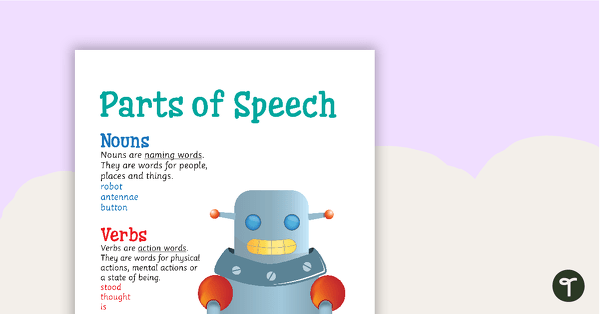
Parts of Speech Poster
A poster introducing students to nouns, verbs, adjectives, adverbs, and adverbial phrases.
- Plus Plan
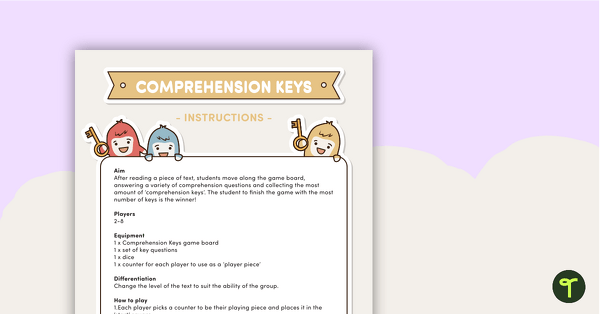
Comprehension Keys Board Game
A fun comprehension strategy board game for students to play during literacy rotations.
- Plus Plan
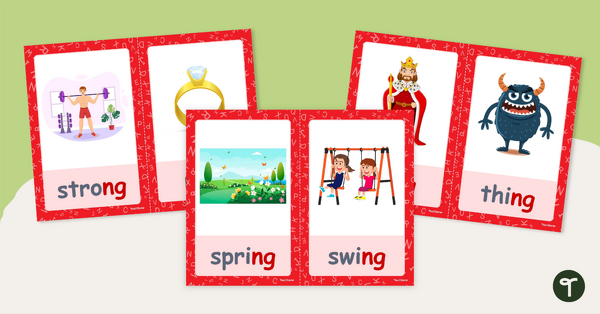
Ng Digraph Words With Images
Learn words that contain the 'ng' digraph with these word and picture flashcards.
- Plus Plan
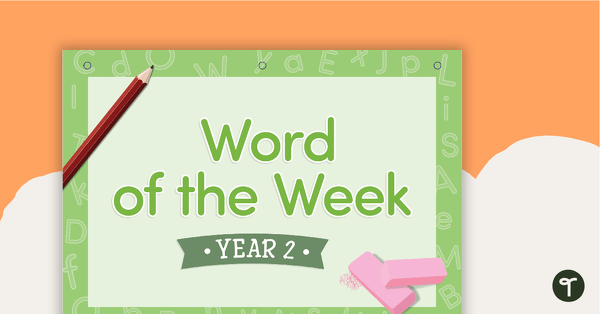
Word of the Week Flip Book - Year 2
A 43 page flip book for introducing new vocabulary to year 2 students.
- Plus Plan
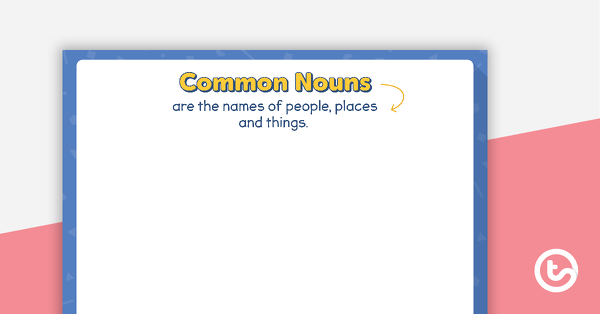
Parts of Speech Sort Game - Common Nouns, Abstract Nouns, Proper Nouns, Verbs and Adjectives
Use this Parts of Speech Sort Game to assist your students in identifying the different types of nouns, verbs and adjectives.
- Plus Plan
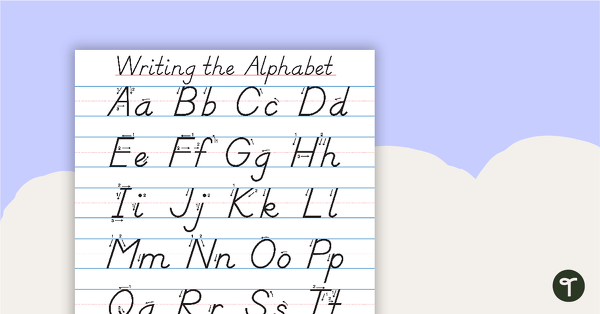
Writing the Alphabet Chart
A chart to assist students when learning how to form letters.
- Plus Plan
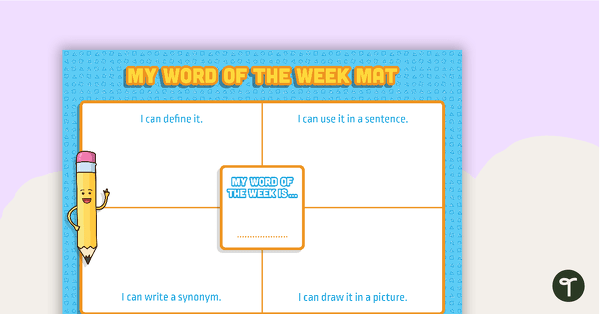
My Word of the Week Mat
A fun worksheet to use in the classroom when building vocabulary.
- Plus Plan
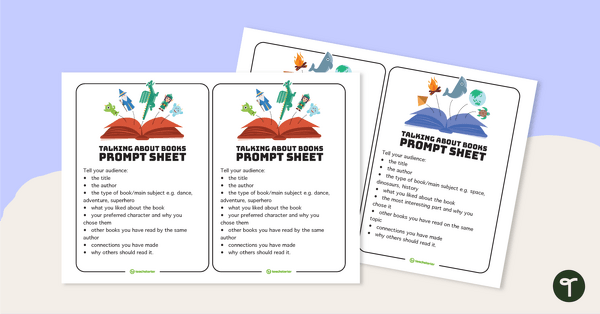
Talking About Books Prompts
Share a love of reading and expose students to new books with these book talk prompts.
- Plus Plan
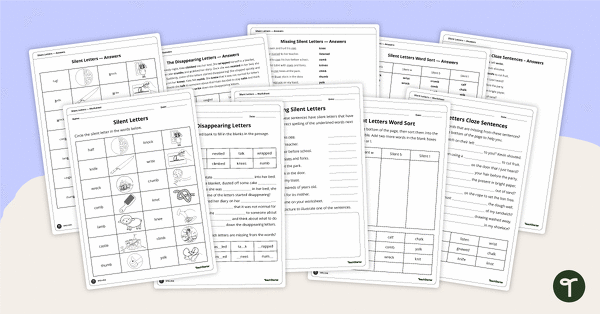
Silent Letters Worksheet Pack
A set of five worksheets to consolidate students' understanding of silent letters.
- Plus Plan

Reading Detectives Worksheets
8 reading detective worksheets to use during guided reading sessions in the classroom.
- Plus Plan
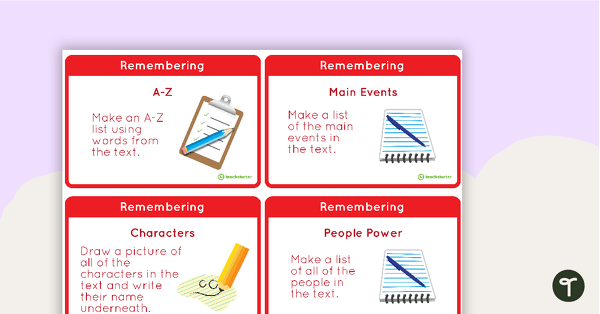
Bloom's Taxonomy Fast Finisher Task Cards - Lower Years
32 Bloom's Taxonomy fast finisher activity cards.
- Free Plan
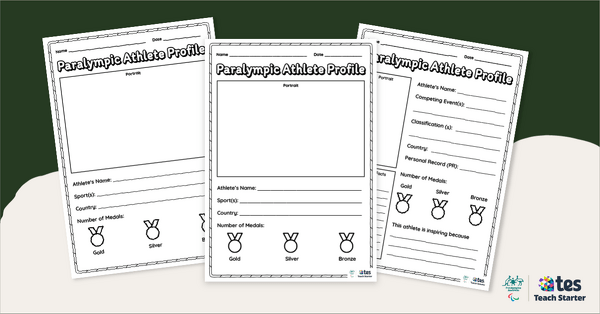
Paralympic Athlete Profile Template
Get your students excited about their favourite para-athletes with our Paralympic Athlete Profile Template.
- Plus Plan
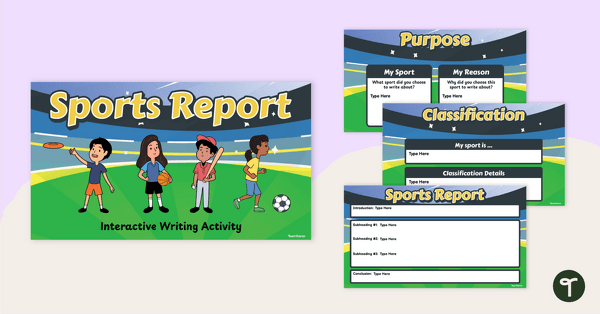
Sports – Digital Report Writing Activity
Use this digital writing scaffold to model the purpose and structural elements of informational writing.
- Plus Plan
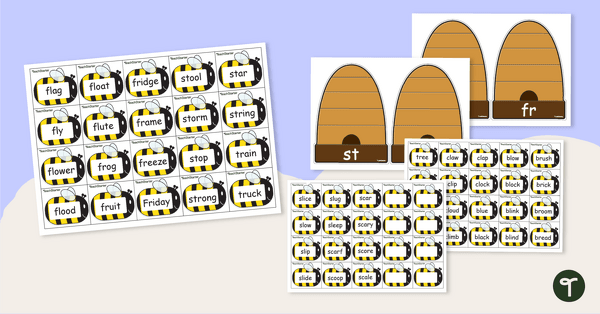
Consonant Blends Beehive Sorting Activity
Explore common consonant blends with a bee-themed sorting activity perfect for lower primary phonics lessons.
- Plus Plan
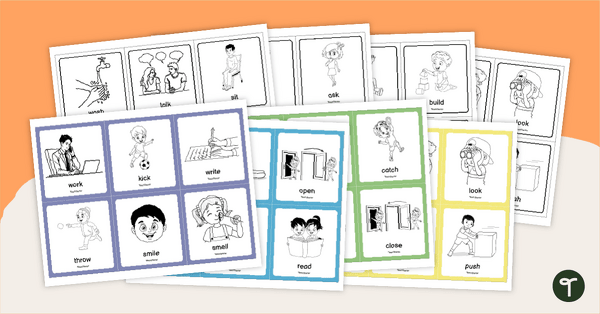
Commonly Used Verbs Flashcards
Teach commonly used verbs with this set of printable flashcards.
- Plus Plan
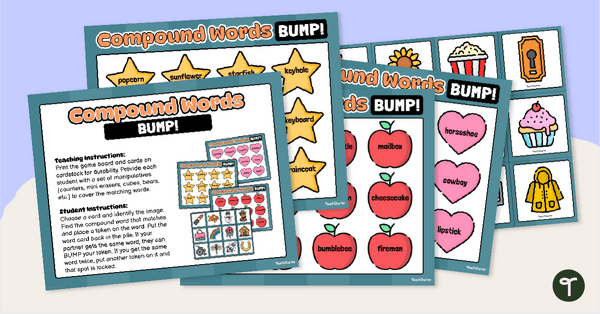
Compound Words Bump Game
Help your students discover new compound words with a printable Compound Word BUMP! Game.
- Plus Plan
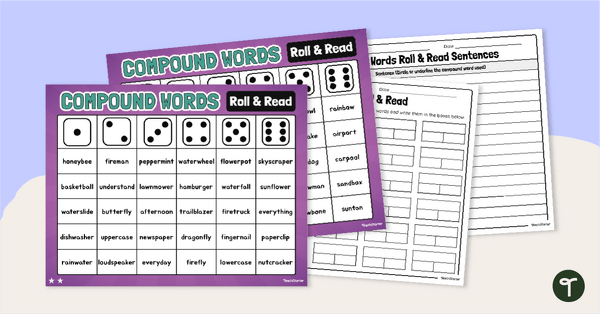
Compound Words Roll and Read Game
Roll and read compound words with a pair of printable Compound Words Roll and Read Partner Games!
- Plus Plan
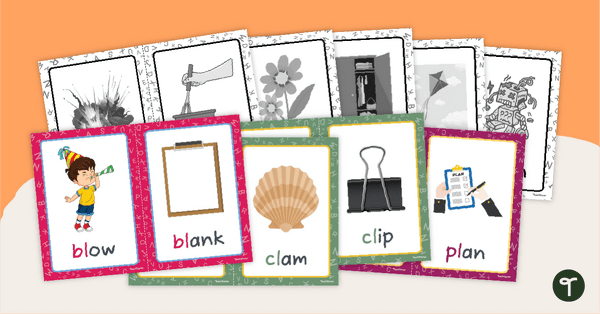
L-Blends Blending Flashcards
Practise blending l-blends with this set of blending l word cards.
- Plus Plan
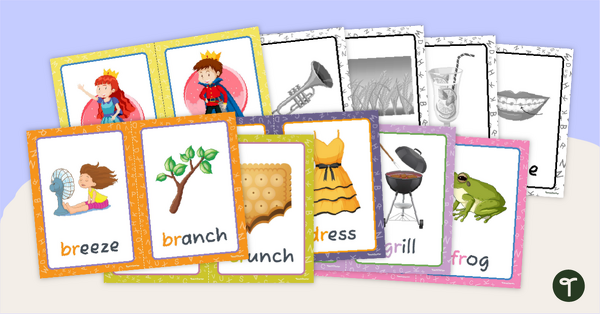
R-Blends Blending Flashcards
Practise blending r-blends with this set of blending r word cards.
- Plus Plan
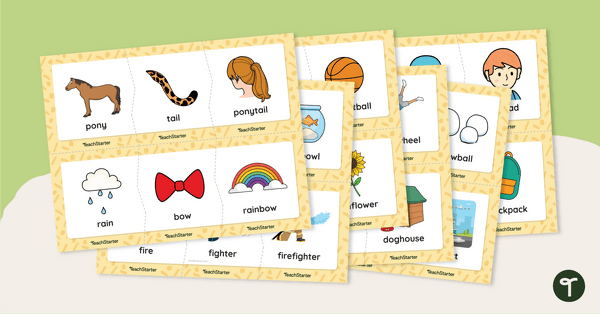
Building Compound Words - Puzzles
Practise building compound words with this set of 20 puzzles, each with three pieces—two smaller words and the compound word they form.
- Plus Plan
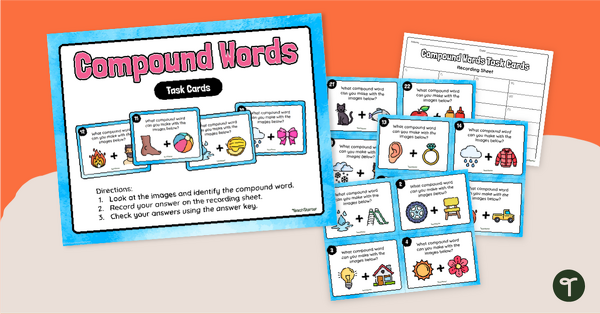
Combining Words Task Cards - Compounds
Give your students some practise putting words together to form compound words with a pack of printable Compound Word Task Cards.
- Plus Plan
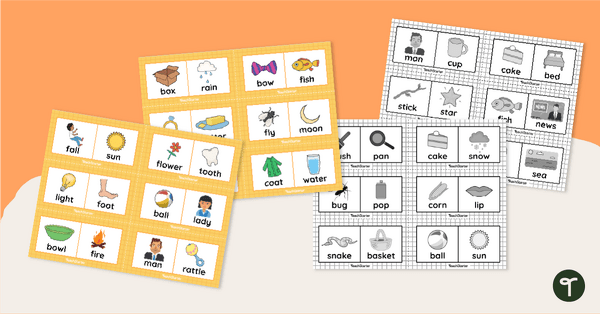
Compound Word Dominoes
Practise making new words with this compound word-matching game that includes 28 picture/word dominoes.
- Plus Plan

Compound Words Folding Task Cards
Build vocabulary skills and help your students practise forming compound words with a pack of compound word shutter-fold task cards.
- Plus Plan
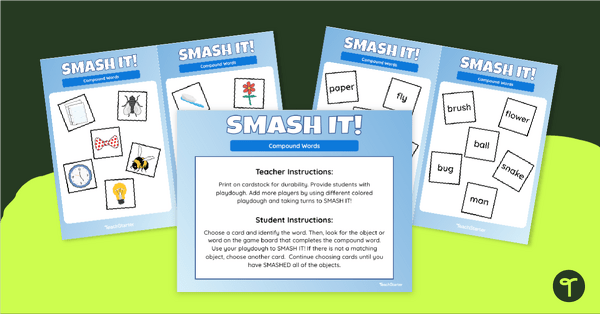
Smash It! Compound Word Game
Practise compound words with this set of 8 combining words game boards and picture cards.
- Plus Plan
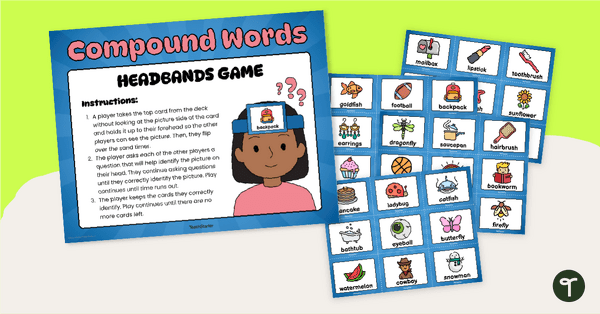
Compound Noun Game - Headbands
Boost vocabulary skills and engage your students in some word-friendly fun with an engaging Compound Word Headband Game.
- Plus Plan
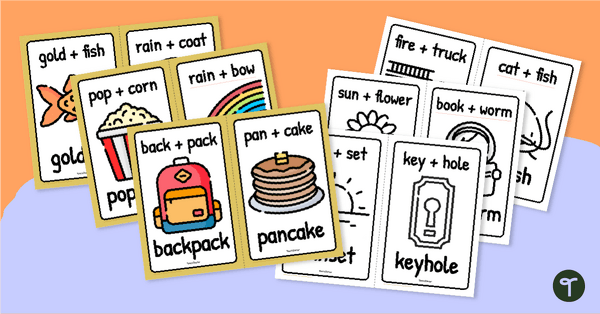
Mini-Compound Word Anchor Charts - Vocabulary Display
Give your students a visual reminder of the meanings and parts of compound words with a printable set of miniature compound word anchor charts.
- Plus Plan
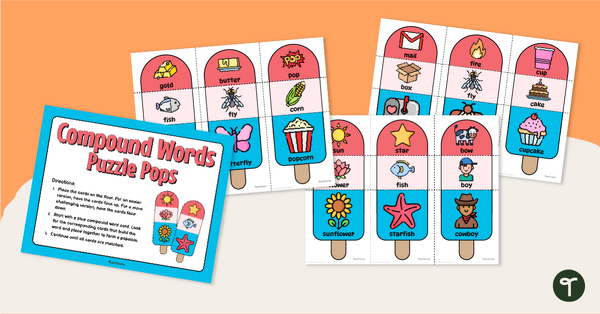
Compound Words - Noun Puzzle Pops Match-Up
‘Pop’ in a bit of extra practise with compound words with a fun set of Compound Word Puzzle Pops!
- Plus Plan
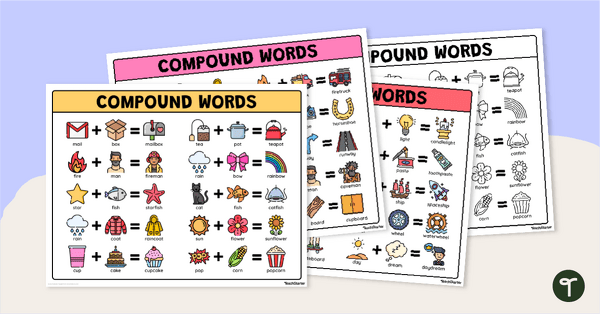
Compound Words - Word Mats
Introduce your students to a variety of new compound nouns with a pack of levelled Compound Word Mats.
- Plus Plan
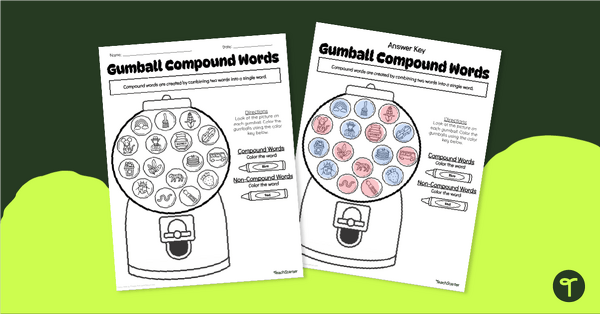
Gumball Compound Words Worksheet
Help your students learn to read and identify compound nouns with a printable colour-by-code worksheet.
- Plus Plan
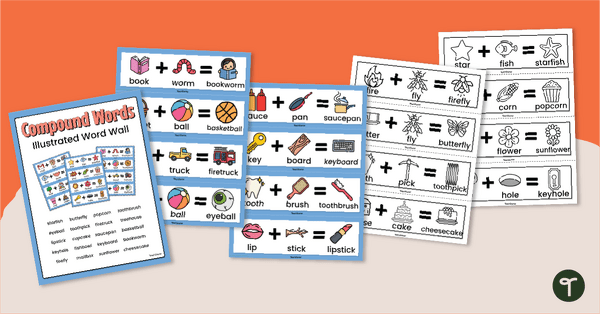
Compound Words With Pictures - Word Wall
Combine words to make compound words and boost vocabulary skills with a printable combining words word wall.s.
- Plus Plan
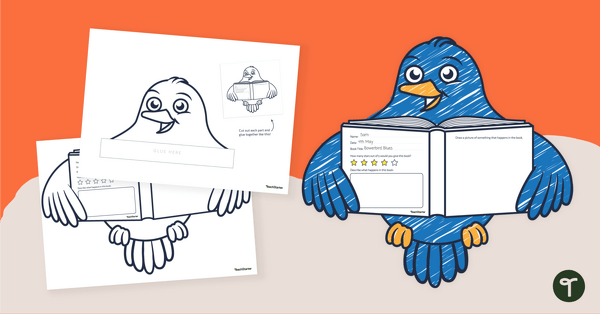
Bird Book Report Template
Explore the elements of a book with this fun and engaging book report template in the shape of a bird.
- Plus Plan

Vowel Teams Sorting Activity (OA, OW and OE)
Decode words with the OA, OW and OE vowel teams using 18 picture cards with sorting mats.